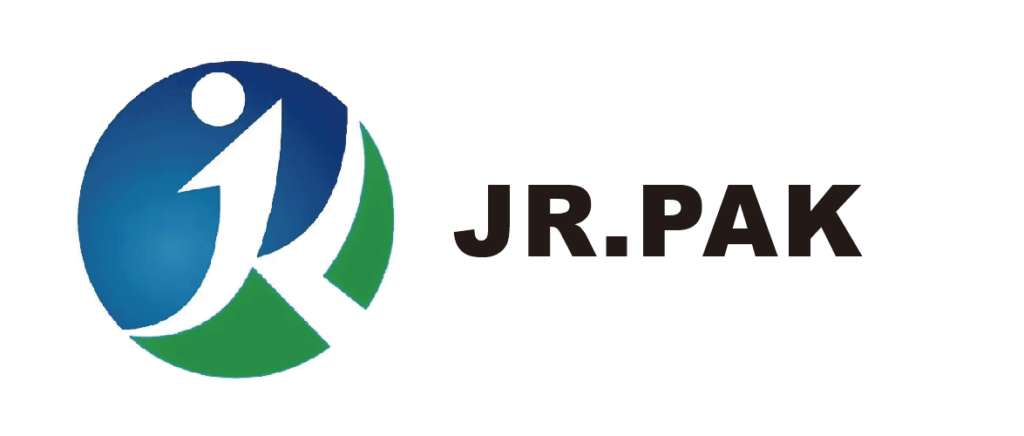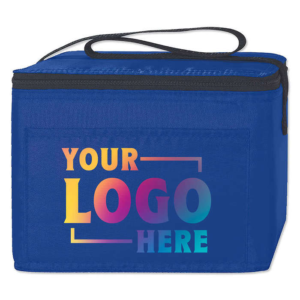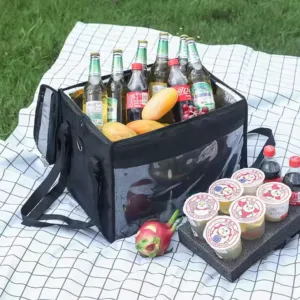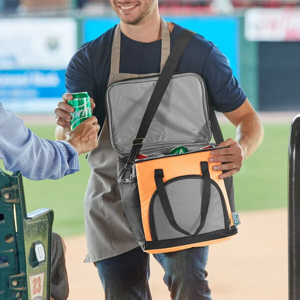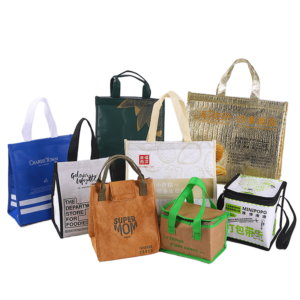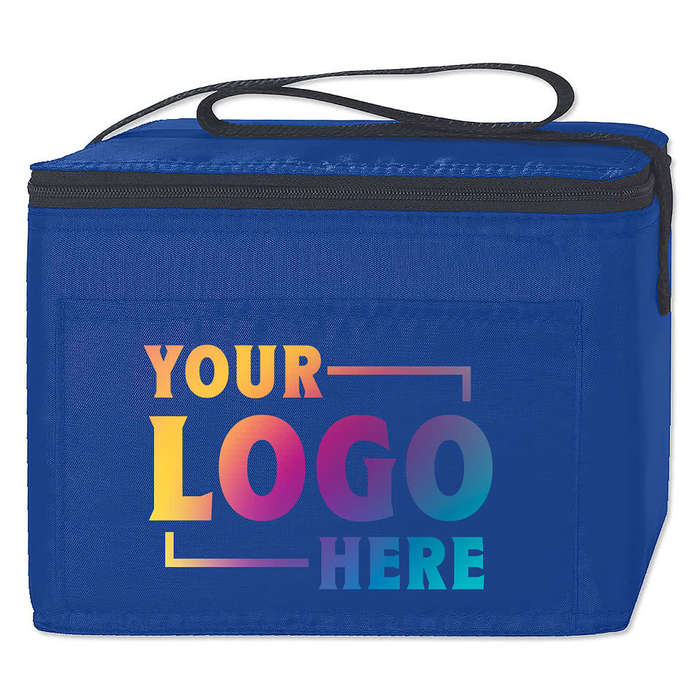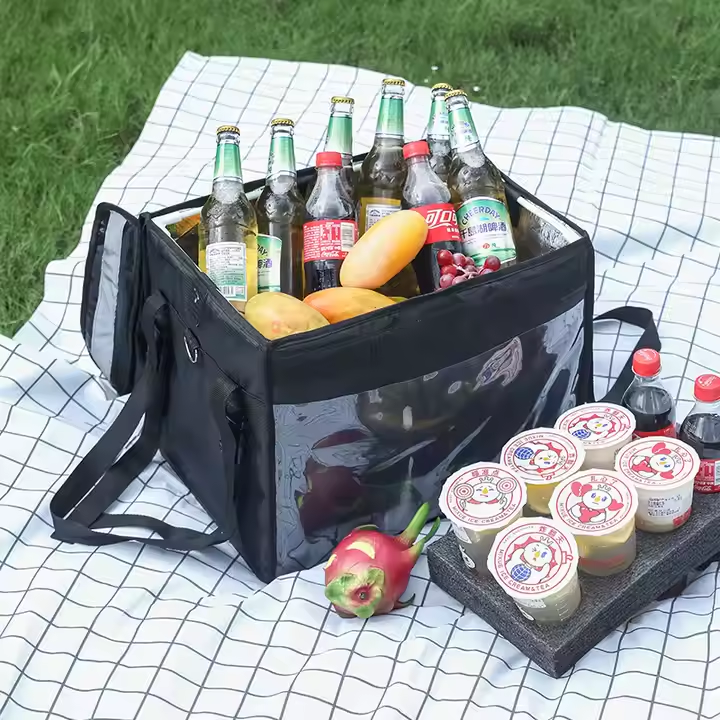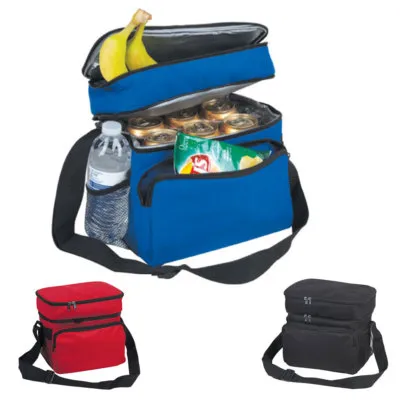Ordering custom PP woven shopping bags1 requires attention to detail. Mistakes in design, size, or material can result in poor functionality, added costs, or lost branding opportunities. This guide highlights the most common errors and how to avoid them.
12 Common Mistakes to Avoid When Ordering PP Woven Shopping Bags
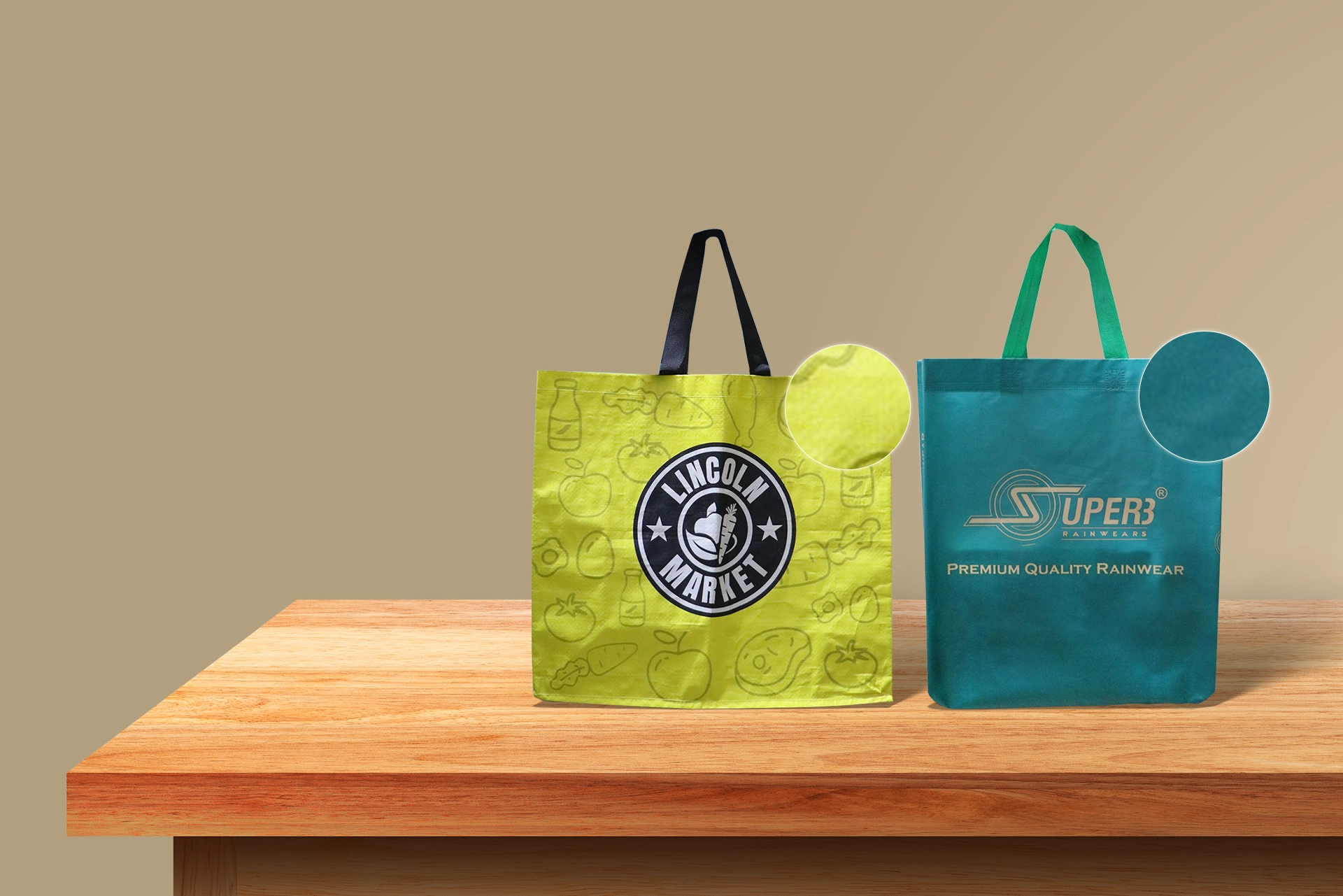
Avoiding key mistakes when ordering PP woven bags helps ensure durability, cost-efficiency2, and brand effectiveness.
Understanding these mistakes can help you place smarter, more reliable orders for your packaging needs. For more guidance or to start customizing, visit our PP woven shopping bag solutions.
Choosing the Wrong Size
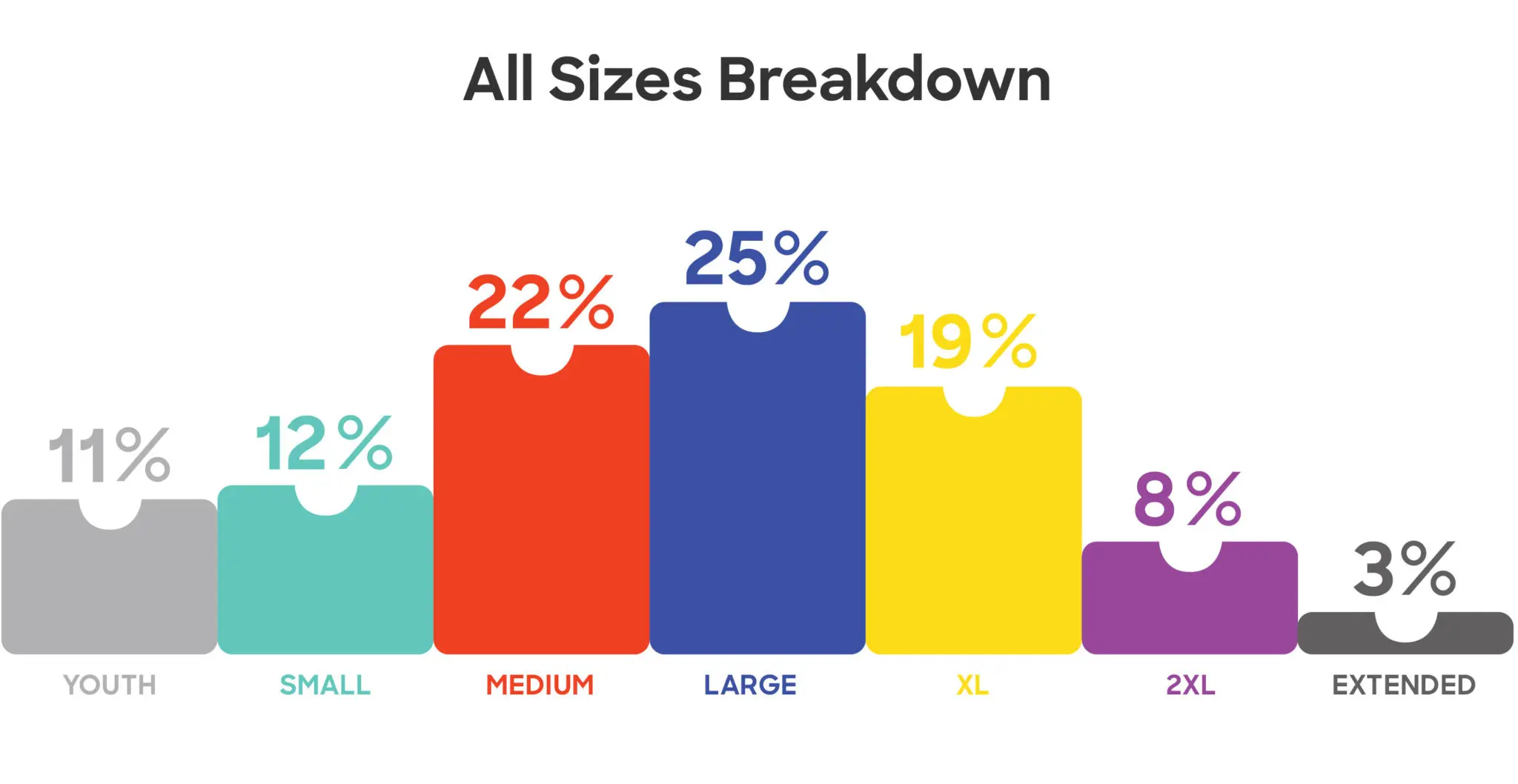
Incorrect sizing leads to wasted materials, higher logistics costs, and an unprofessional look. A poorly sized bag may also cause product damage due to tightness or shifting during transport.
How to Size Correctly
Measure your product's length, width, and height. Then add about 10% for ease of packing and movement inside the bag. Avoid guessing or copying competitors’ sizes blindly.
Common Size Pitfalls
| Mistake | Impact |
|---|---|
| Too small | Difficult to pack, damages product |
| Too large | Wasted space and material |
| Wrong proportions | Poor visual appeal, hard to stack |
Right sizing reflects professionalism and supports functional storage and branding.
Ignoring Material Thickness
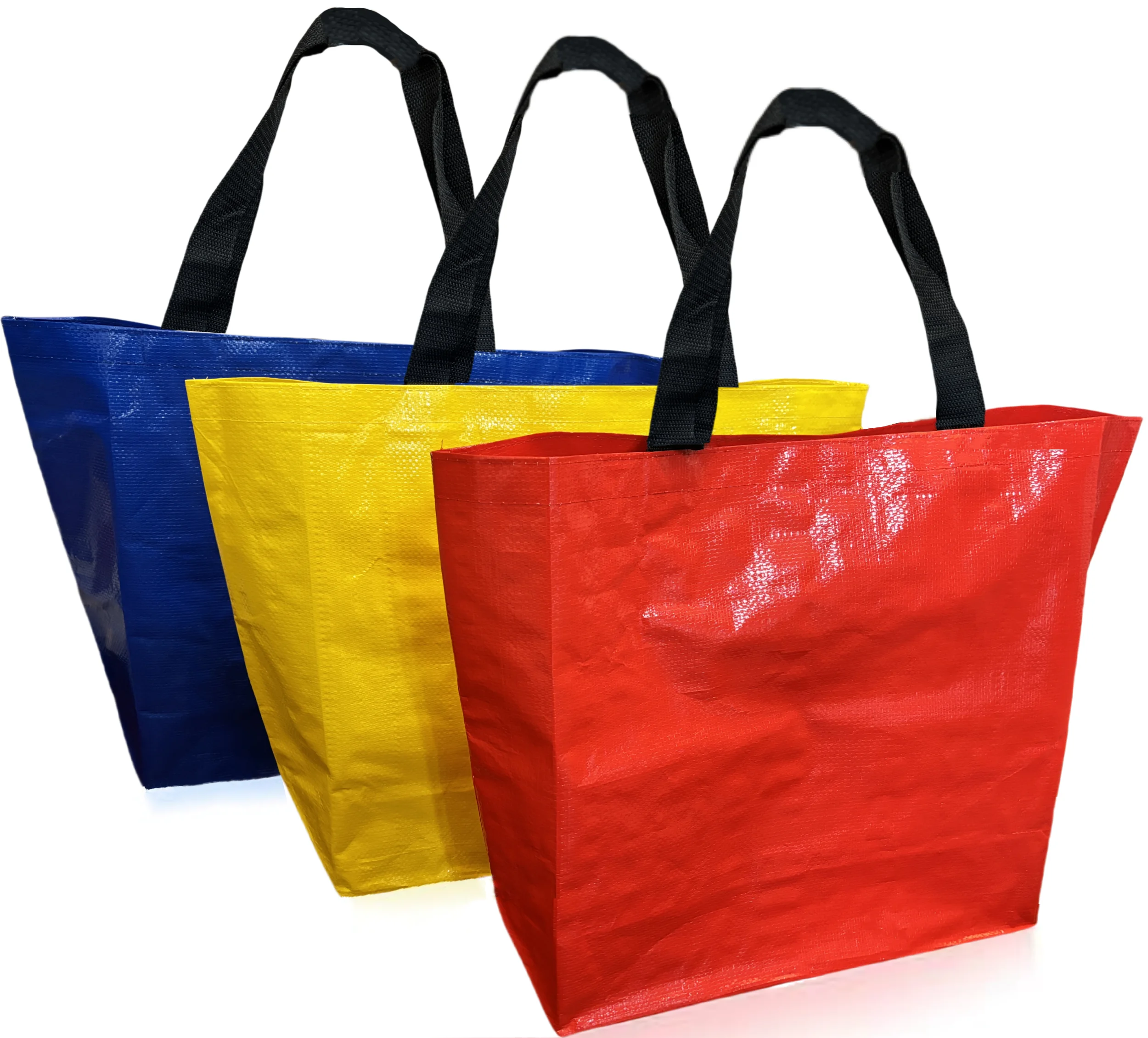
Using materials that are too thick or too thin causes performance and cost issues. Over-specifying thickness adds unnecessary weight and expense. Under-specifying leads to weak, tear-prone bags.
Match Thickness to Use
Use lighter materials (70–80 GSM) for lightweight items and heavier ones (100–120 GSM) for bulk or sharp-edged goods. Laminated versions provide added strength without extra fabric weight.
Thickness Guide by Usage
| Bag Purpose | Suggested GSM | Lamination Recommended |
|---|---|---|
| Retail/light items | 70–80 | Optional |
| Heavy groceries | 90–100 | Yes |
| Industrial use | 110–120 | Yes |
Balanced thickness saves costs and ensures protection.
Neglecting Quality of Raw Materials
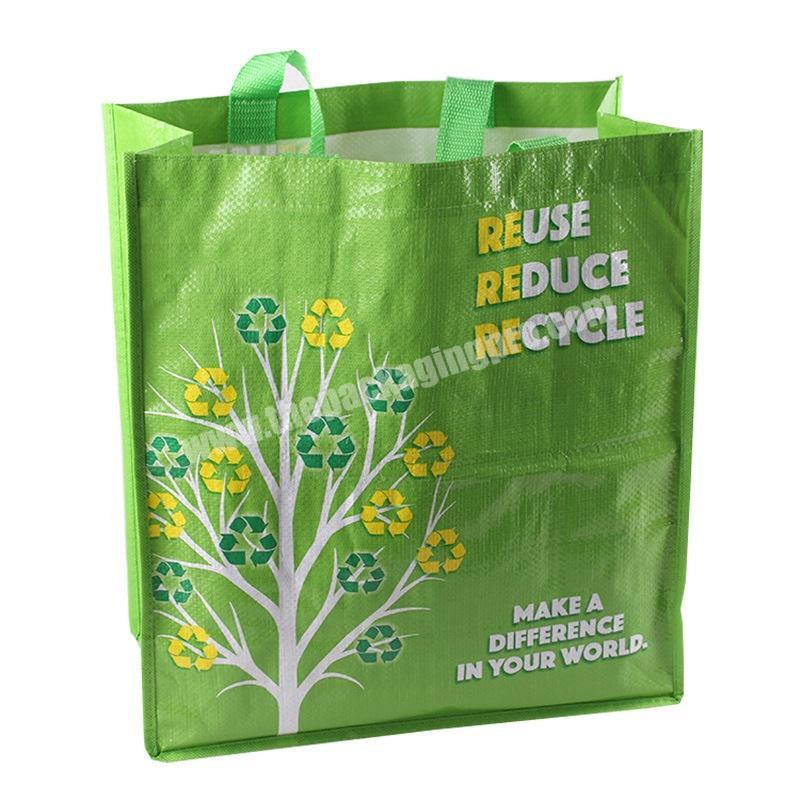
Low-quality polypropylene or filler materials weaken bag integrity. Bags may stretch unevenly, tear easily, or degrade faster. This increases return rates and damages brand trust.
Check Material Purity
Ask suppliers if they use virgin polypropylene or recycled blends. High-quality PP ensures better weave strength, color consistency, and resistance to weather or UV damage.
Material Quality Indicators
| Material Type | Pros | Cons |
|---|---|---|
| Virgin Polypropylene | Strong, durable, uniform | Slightly higher cost |
| Mixed with fillers | Cheap, inconsistent | Prone to tears, fading |
Always request a material sample or QC documentation before placing bulk orders.
Overcomplicating the Design and Printing
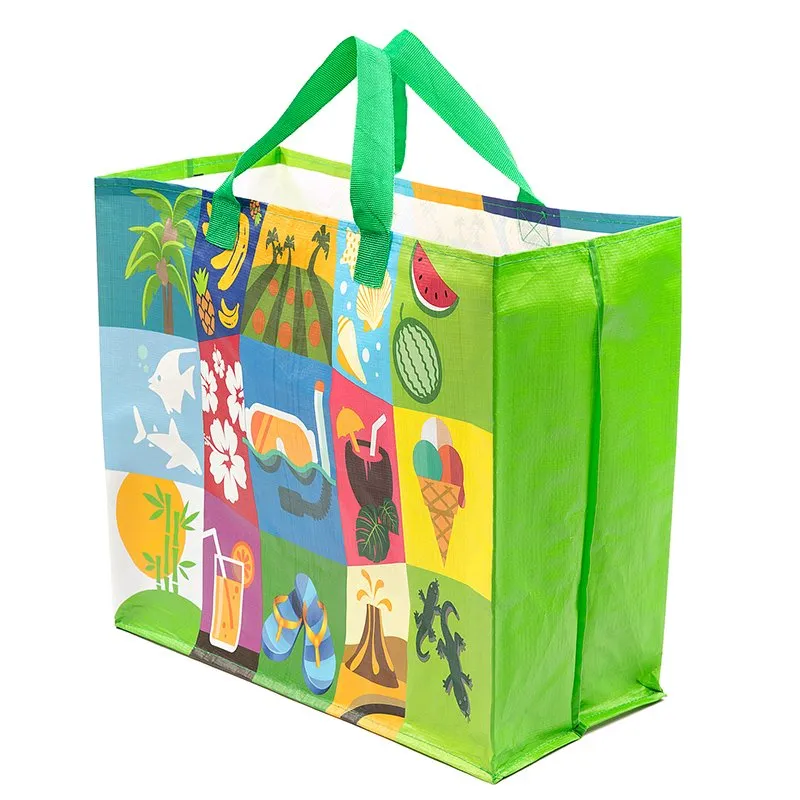
Complicated graphics with many colors raise costs and can cause printing errors. Busy designs also distract from your brand message, especially on small bags.
Keep It Simple
Use bold logos, 1–3 brand colors, and clear fonts. Simple layouts print more accurately, remain legible from a distance, and reduce costs with fewer color plates.
Design Efficiency Tips
| Factor | Recommendation |
|---|---|
| Color count | 1–3 for best balance |
| Font size | Large and bold for readability |
| Background color | Solid, light or white preferred |
Effective branding doesn’t need to be complicated.
Not Planning for Branding Opportunities
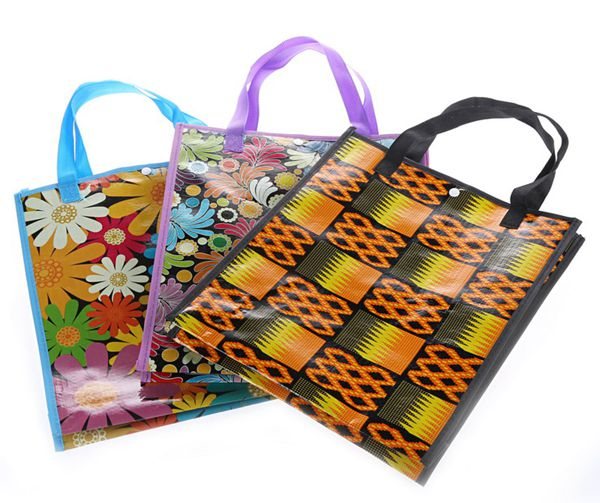
Leaving bags blank or generic misses a valuable chance to promote your business. Custom-printed bags serve as mobile ads and increase brand recall.
Use Every Inch
Print on both sides if budget allows. Include logo, slogan, and website. For retail or gift bags, QR codes can link to promotions or product pages.
Branding Area Optimization
| Area | What to Include |
|---|---|
| Front panel | Main logo + slogan |
| Back panel | Contact info or website |
| Side gussets | Store hours or QR code |
Make every bag a brand ambassador.
Failing to Compare Suppliers and Prices

Relying on one supplier without comparison often leads to higher prices or inconsistent service. Some suppliers also cut corners on quality or QC.
Shop and Verify
Collect quotes from 3–5 trusted factories. Ask for samples, certifications, and client references. Don’t only focus on price—evaluate communication, lead time, and after-sales support.
Supplier Comparison Checklist
| Factor | Supplier A | Supplier B | Supplier C |
|---|---|---|---|
| Price per unit | $ | $ | $ |
| Lead time | X days | X days | X days |
| QC Process | Yes/No | Yes/No | Yes/No |
| Customization | Full/Limited | Full/Limited | Full/Limited |
Good supplier selection saves time and reduces risk.
Ignoring Seal and Stitch Quality
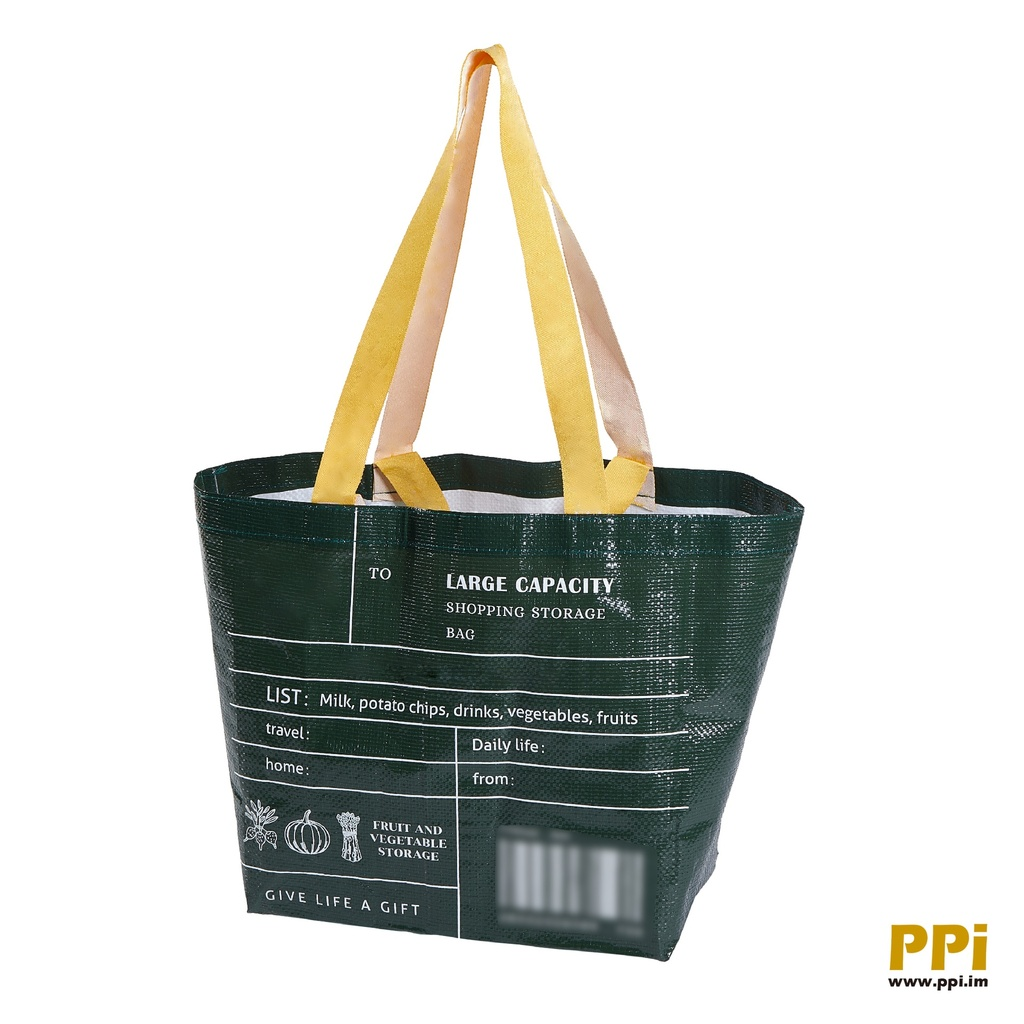
Weak stitches or poor sealing lead to bag failure, especially under heavy loads. Even good fabric can’t compensate for bad seams.
Examine the Finish
Check if the side and bottom seams are double-stitched or heat-sealed. Reinforced handles are also essential for shopping or carry-heavy items.
Seal Type Comparison
| Sealing Method | Best For | Strength Level |
|---|---|---|
| Heat seal | Light loads | Medium |
| Double stitching | Heavy-duty shopping bags | High |
| Ultrasonic weld | Smooth edges, small bags | Medium-High |
Insist on strong finishing for critical-use bags.
Ordering Too Small Quantities
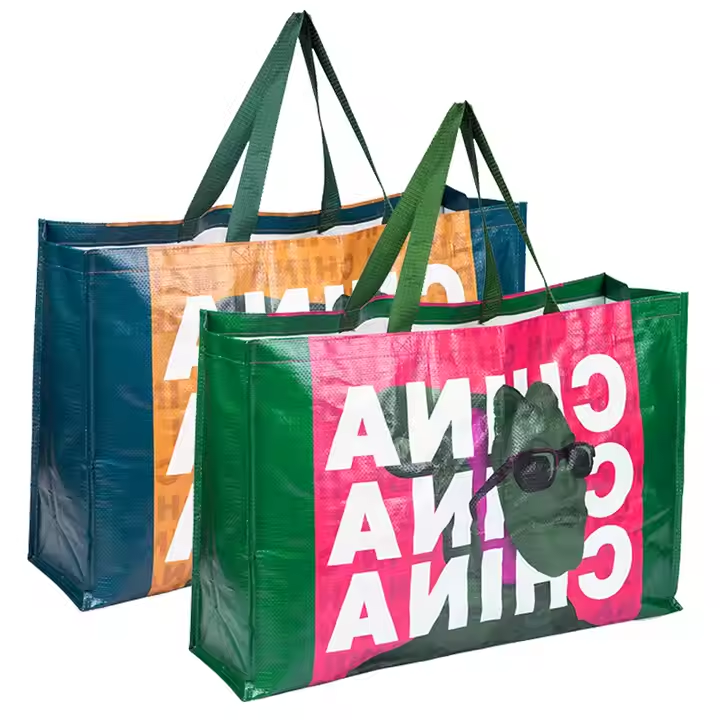
Small orders miss out on bulk discounts3 and cost more per unit. Frequent reordering also wastes time and risks supply delays.
Buy in Bulk When Possible
If you don’t have space to store large quantities, ask about scheduled releases or monthly delivery contracts. This helps lock in lower pricing and ensure availability.
Quantity vs. Cost
| Order Size | Approximate Unit Cost | Lead Time |
|---|---|---|
| 1,000 pcs | High | Fast |
| 5,000 pcs | Medium | Standard |
| 20,000 pcs | Lowest | Negotiable |
Plan ahead to maximize cost efficiency.
Not Considering Environmental and Regulatory Compliance
Non-compliant bags can cause customs delays or fail safety checks for food or medical use. Missing certifications also affects eco-conscious buyers.
Check for Certifications
Ask suppliers for ISO, FDA, or REACH compliance based on your market. Eco bags should be recyclable or made from approved materials.
Compliance Table
| Requirement Type | Applies To | What to Ask For |
|---|---|---|
| Food-grade use | Grocery, snacks, animal feed | FDA certificate, EU standard |
| Export packaging | U.S., Europe, Japan | REACH, RoHS, ISO |
| Eco-friendly | Retail, promotions | Recyclable PP, GRS standard |
Being compliant protects your brand reputation and business operations.
Overlooking UV and Moisture Resistance
Bags stored outdoors or in humid settings degrade quickly without protection. Sunlight fades print and weakens fabric. Moisture ruins bag integrity.
Add Protection Features
Choose UV-treated and laminated versions4 for outdoor or long-haul uses. Discuss environmental conditions with your supplier to tailor bag specs.
Weatherproofing Options
| Feature | Use Case | Recommended Add-on |
|---|---|---|
| UV Resistance | Outdoor display, transport | Anti-UV additive, thicker PP |
| Moisture Resistance | Wet or cold storage areas | PE lamination |
This extends shelf life and protects product quality.
Ignoring Bag Stability Features
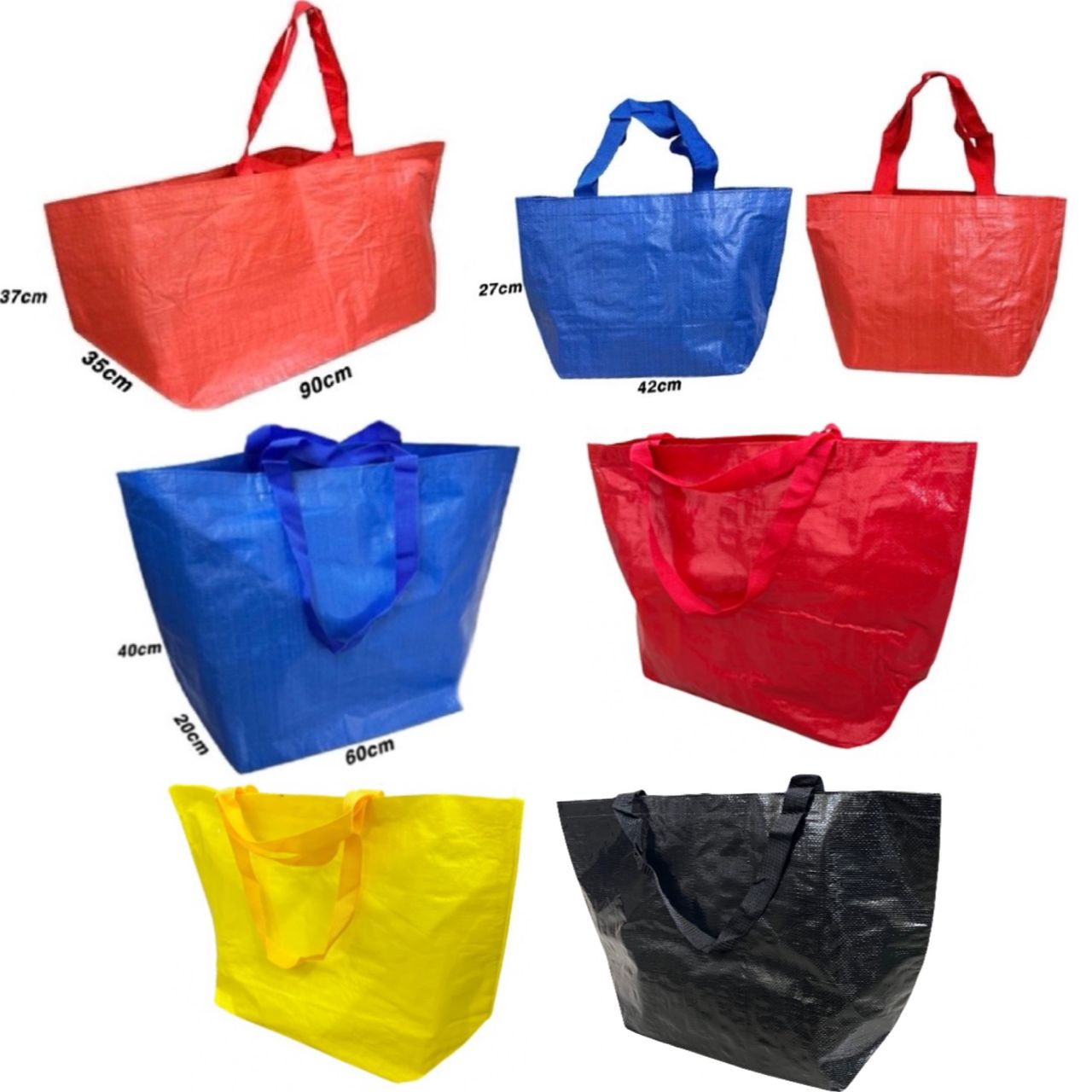
Lack of stability makes bags difficult to stack or handle. Poor structure leads to sagging, which looks unprofessional and limits transport efficiency.
Improve Structure
Reinforced bottoms, box-shaped gussets, or internal baffles help bags hold their shape. This is especially useful for supermarkets and export packaging.
Stability Options Table
| Stability Feature | Benefit |
|---|---|
| Box bottom | Prevents sagging |
| Inner support layer | Adds firmness to large bags |
| Reinforced seams | Allows vertical stacking |
Structured bags improve handling and visual appeal.
Neglecting Supplier Quality Control Processes
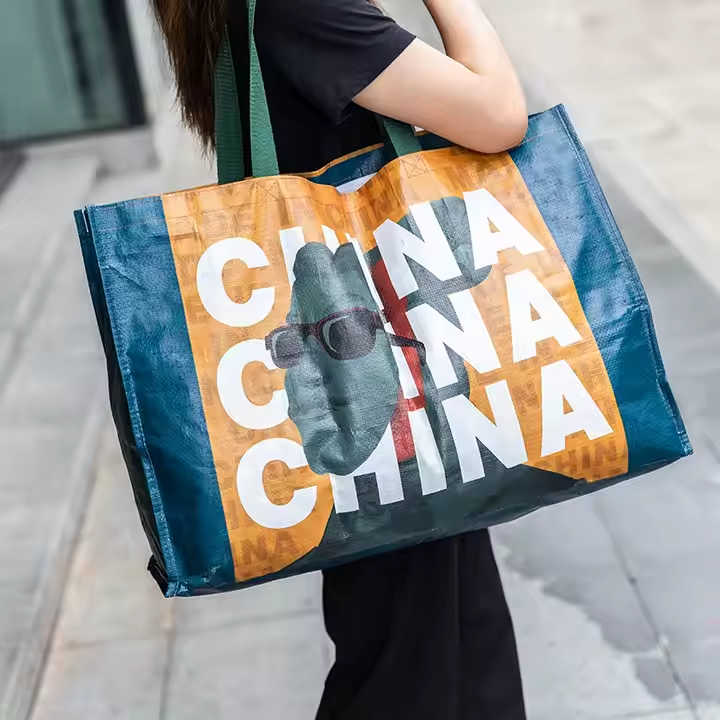
Suppliers with poor QC produce inconsistent bags. This results in size deviations, off-color prints, or faulty seams. These flaws affect brand perception.
Inspect Their Process
Ask for photos of the QC line, their inspection reports, and details about raw material screening, printing calibration, and final packaging checks.
Key QC Steps
| Step | Purpose |
|---|---|
| Incoming Material QC | Prevent substandard materials |
| Print Alignment Check | Ensure clear logo display |
| Final Product Check | Confirm stitch and size specs |
Partner with suppliers who prioritize quality assurance.
Conclusion
Avoiding these 12 common mistakes can greatly improve your success when ordering custom PP woven shopping bags1. From choosing the right size and thickness to prioritizing print clarity and supplier reliability, each detail matters. At JiaRong Packing, we’ve worked with clients worldwide to fine-tune their orders and deliver high-performance, cost-effective bags.
Have questions or unique requirements? Explore our product options or leave a comment below—we’d love to help you make smarter packaging choices.
-
Discover the advantages of using PP woven shopping bags for your business and how they can enhance your branding. ↩ ↩
-
Find tips on how to keep your shopping bag orders cost-effective without compromising quality. ↩
-
Learn how ordering in bulk can save you money and ensure consistent supply. ↩
-
Learn how laminated versions can enhance the strength and durability of your bags. ↩
